Looking its best ever is the star cluster NGC 2203, here imaged by the NASA/ESA Hubble Space Telescope. Aside from its dazzling good looks, this cluster of stars contains lots of astronomical treats that have helped astronomers puzzle together the lifetimes of stars.
A main sequence star, like our Sun, is the term applied to a star during the longest period of its life, when it burns fuel steadily. Our Sun’s fuel will run out in approximately 6 billion years, and it will then move on to the next stage of its life when it will turn into a red giant. Astronomers studying NGC 2203, which contains stars that are roughly twice as massive as our Sun, found that their rotation might be a factor as to why some of the stars stay longer than usual in this main-sequence phase of their life.
This is the best resolution obtained of the star cluster to date.
Star clusters are large groups of stars. Two types of star clusters can be distinguished: globular clusters are tight groups of hundreds to millions of old stars which are gravitationally bound, while open clusters, more loosely clustered groups of stars, generally contain fewer than a few hundred members, and are often very young. Open clusters become disrupted over time by the gravitational influence of giant molecular clouds as they move through the Galaxy, but cluster members will continue to move in broadly the same direction through space even though they are no longer gravitationally bound; they are then known as a stellar association, sometimes also referred to as a moving group.

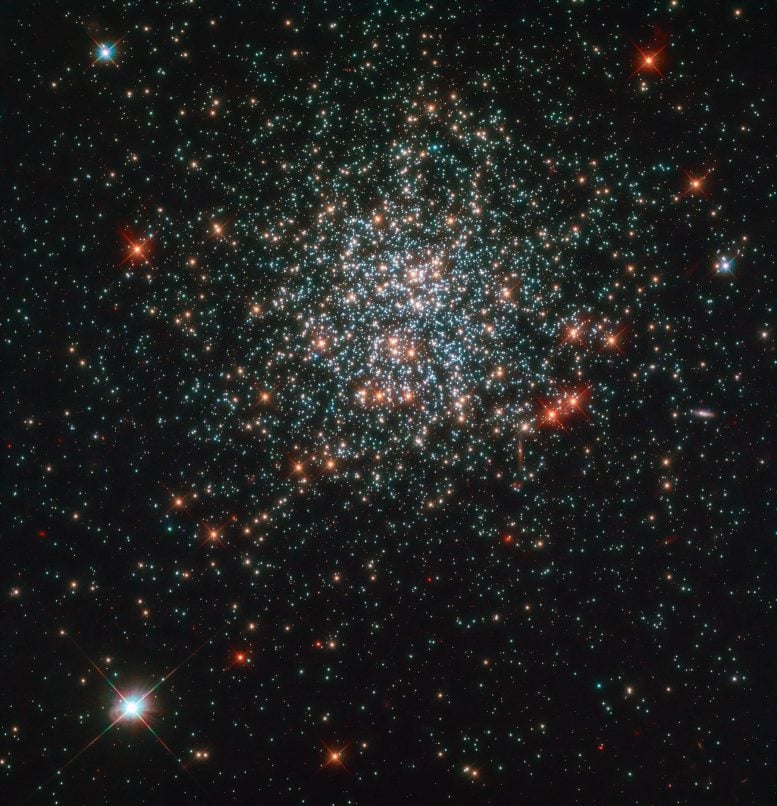
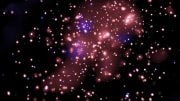
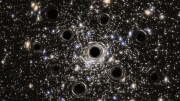
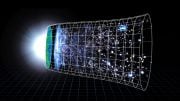




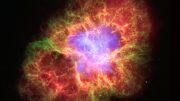
Be the first to comment on "Hubble Spots a Glorious Stellar Sweet Shop"